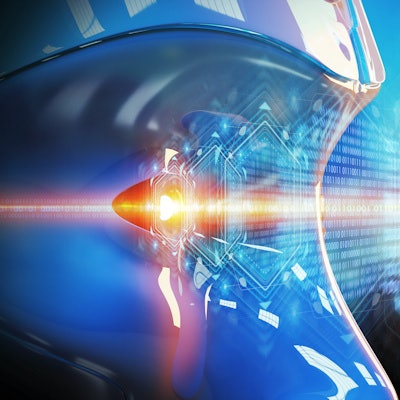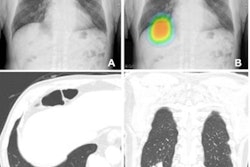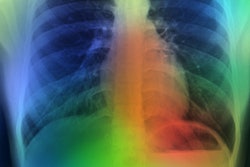
Although artificial intelligence (AI) has only had a modest impact on radiology so far, the specialty is still well-positioned to incorporate the technology, according to a review article published May 25 in the New England Journal of Medicine.
Why? In part because of AI's high performance in analyzing images and radiology's established digital workflow and image storage protocols, wrote co-authors Pranav Rajpurkar, PhD, of Harvard Medical School in Boston and Dr. Matthew Lungren of Stanford University and the University of California, San Francisco.
"[The] use of AI in radiology has shown great promise in detecting and classifying abnormalities on plain radiographs, [CT] scans, and [MRI] scans, leading to more accurate diagnoses and improved treatment decisions," they noted.
In their review, the pair outlined some of AI's benefits to the radiology department:
- It can be used to analyze images across a range of modalities: x-ray, CT, ultrasound, and MRI.
- It can help streamline tasks such as quantifying image findings, workflow triage, and image enhancement.
- It can identify, localize, and classify conditions such as pulmonary nodules and breast lesions.
- It can make image reconstruction and acquisition more effective and reduce noise.
- It can expand interpretation capability beyond human readers, for example predicting clinical outcomes using CT data for brain injuries and cancer.
- It can help clinicians better assess disease processes related to body composition or heart disease.
"Studies have shown that some hospitals, as well as other point-of-care centers, already use AI products successfully, and larger practices are more likely than smaller practices to use AI currently [and] radiologists who use AI in their practices are generally satisfied with their experience and find that AI provides value to them and their patients," the team explained.
But despite AI's promise, obstacles remain, and radiologists "have expressed concerns about lack of knowledge, lack of trust, and changes in professional identity and autonomy," the authors wrote. They listed additional concerns:
- Lack of effective clinician/AI collaboration. "Many AI methods are 'black boxes,' meaning that their decision-making processes are not easily interpretable by humans; this can pose challenges for clinicians trying to understand and trust the recommendations of AI," Rajpurkar and Lungren observed.
- Lack of transparency. "Scientific, peer-reviewed evidence of efficacy is lacking for most commercially available AI products," they explained.
- Lack of monitoring after AI has been incorporated into the radiology department. "Even after a model is deployed, its performance in the real world may degrade over time," the authors wrote.
More education and training will go a long way toward addressing these issues, according to Rajpurkar and Lungren, who noted that the "majority of radiologists and residents expect substantial changes in the radiology profession within the next decade and believe that AI should have a role as a 'co-pilot,' acting as a second reader and improving workflow tasks."
In any case, as AI technology develops and improves, its adoption will increase.
"We expect that the eventual resolution of these issues and more comprehensive solutions, including the development of new foundation models, will lead to broader adoption of AI within this health care sector," the team concluded.




















